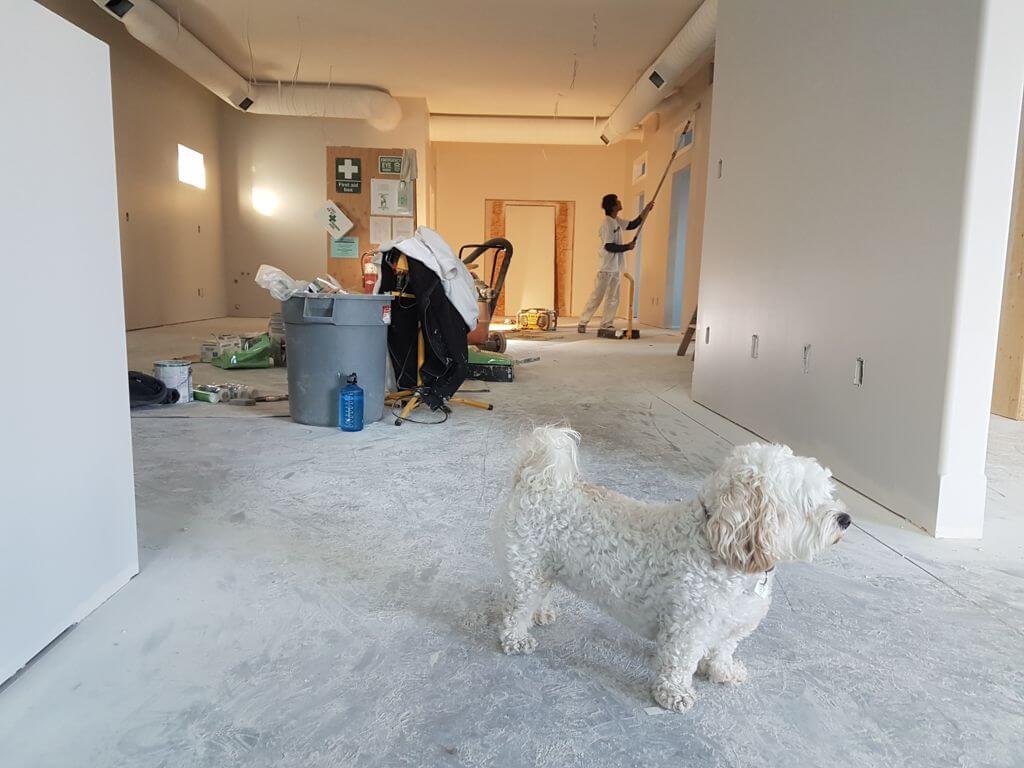SERVICES

5 Valuable Steps against the Most Common Construction Delays
If you are doing some type of construction work chances are it is going to be delayed. We don’t want to be bad prophets; we just know how the system works. Experts in the industry are saying discussions regarding delays are the most common ones by far. Researchers say that on average, a massive construction project is expected to have around 20-month delay and the budget to be overrun to about 80% of all projects are delayed. All these facts lead us to one conclusion – there is definitely room for improvement.
The problem is quite obvious but handling these delays is not such an easy task as it may sound. The International Journal of Project Management states that there are around 28 different sources of construction delays. So, there are more parameters that need to be taken into account when developing a construction project.
As you might think preventing construction delays is not an easy task, and you will be correct, but in this week’s blog, we gathered 5 valuable steps that will help you against the most common construction delays. Investing in digital tools and monitoring the project’s data are just some of the ways that will help you with this problem. Take the best out of them and don’t wait anymore!
1. Get into the 21’ st century.
A lot of years have passed and pen and paper are a thing of the past. Digital technologies are one of the key factors that have declared war on construction delays! Digitalizing the construction business will significantly streamline and speed up the whole process.
Of course, there are certain problems when trying to bring mobile technologies to this kind of industry. For example, along the supply chain, there are lots of curves and stops that are not widely trusted and change is not widely accepted in a world established by habits. But as the years pass by, more modern professionals emerge and people start to realize the true strength of modernization.
2. Standardizing is the key.
Consistency is the key to a successful project whatever it may be. Consistency increases predictability and enables a great production boost in data-driven decision making. Standardizing plays a decisive role when trying to pinpoint weak areas in the project before everything has even started.
With instruments like that, the team involved can always stay one step ahead of the next problem and prevent time-consuming and costly reworks. The hard part is that standardization does not happen overnight and it needs to be nurtured with every incoming project but believe us – it is worth it!
3. Troubled connection
One of the most common sources of trouble around the construction site is miscommunication between the construction site and the people in the office…or between different teams. In fact, one of the most popular issues is construction teams working on outdated schedules. This problem occurs when there isn’t a lot of communication going between the workers and their superiors during the actual work.
Most of the times this leads to costly reworks or workers with the wrong schedule waiting for their turn to come and get their hands busy. Having a real-time connection between these two counterparts can make a serious impact on costs and schedules. If everything is digitalized there can be a system with timely updates. This is already implemented in the IT industry but will probably need some time to spread everywhere.
4. Building information modelling
BIM or building information modelling is one of the buzz words in construction right now. The idea of creating an open data ecosystem where every party from the project can submit their thoughts and data creates an endless array of possibilities that can help the construction business in all sorts of difficulties. This approach may be also taken directly from the IT-sphere where collaborative work is highly appreciated and praised.
Naturally, there are still some issues that need to be unravelled in order to unlock the full potential of BIM. First of all, there needs to be a standardized follow-up protocol consisted of a bundle of internal classifications. Later this classification can be linked to an ERP system of organization which will greatly improve the QHSE (Quality, Health, Safety and Environment Management) processes.
5. Consistency
One thing that can give your organization a great advantage over your competitors is learning from your mistakes! Analyzing finished projects and keeping a tab on the features that worked and avoiding those that didn’t can make all the difference when trying to manage a construction business.
Data needs to be collected from all finished (and even unfinished) projects in order to accomplish improvement. Statistics and proper monitoring are vital taking the good and bad of every decision. The larger the amount of collected data the more streamlined and efficient your construction process will get. This is the way to go when trying to standardize your construction process – learn from your good practices and avoid those annoying mistakes!



